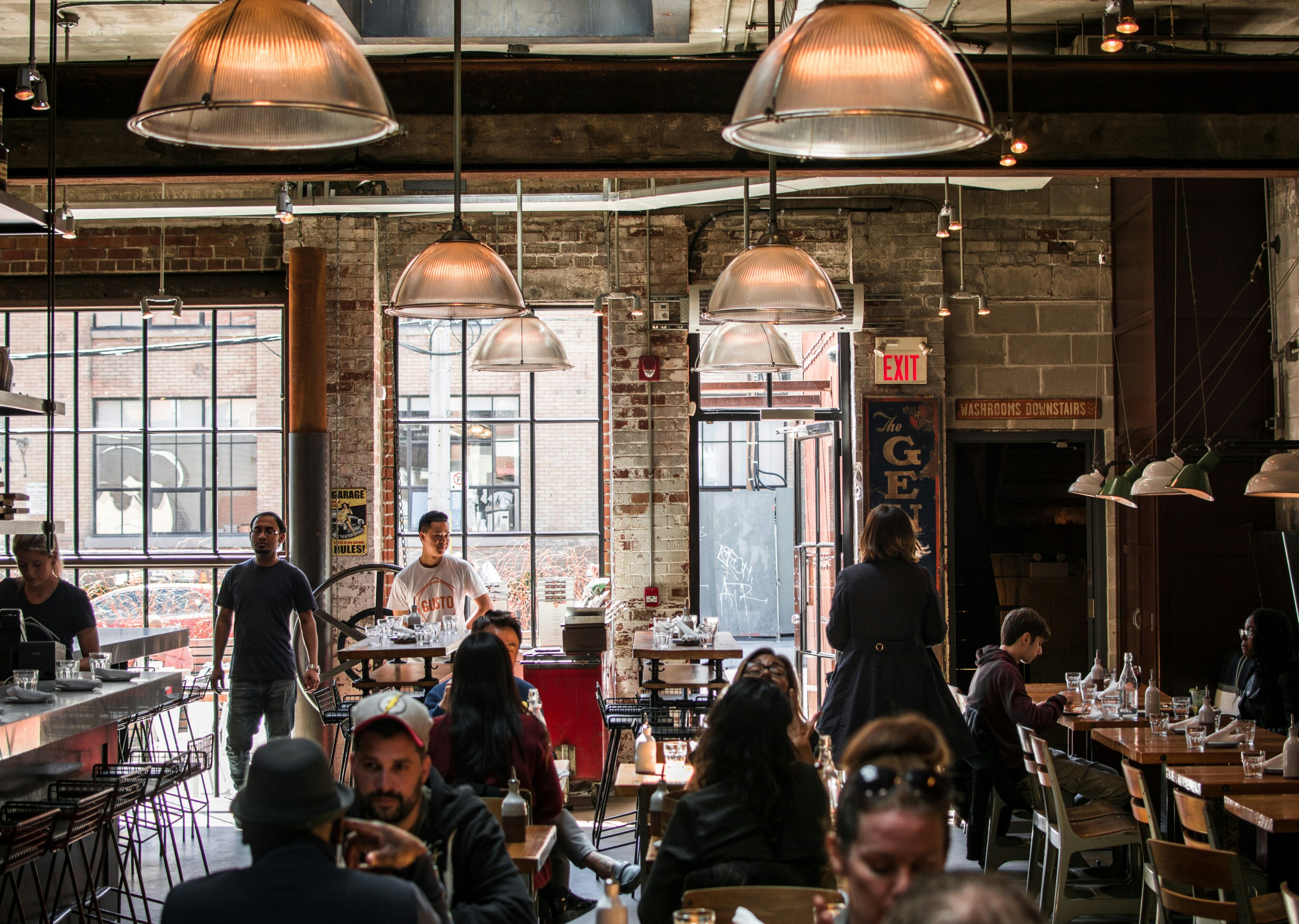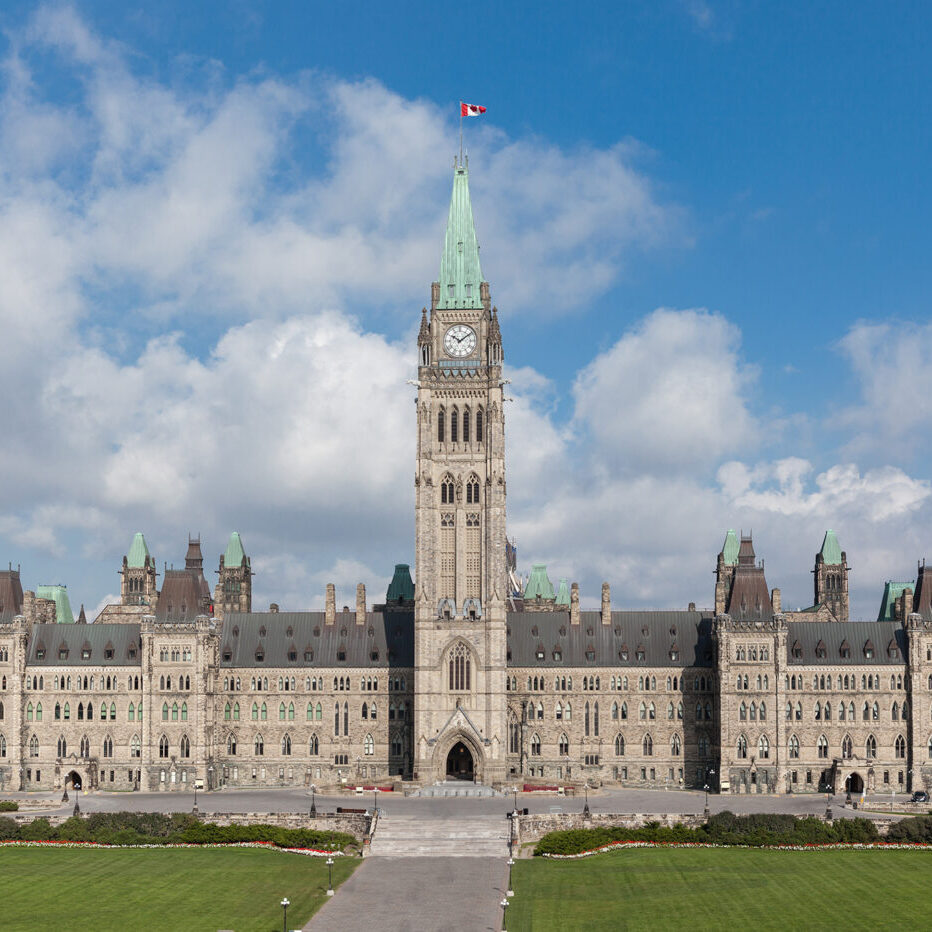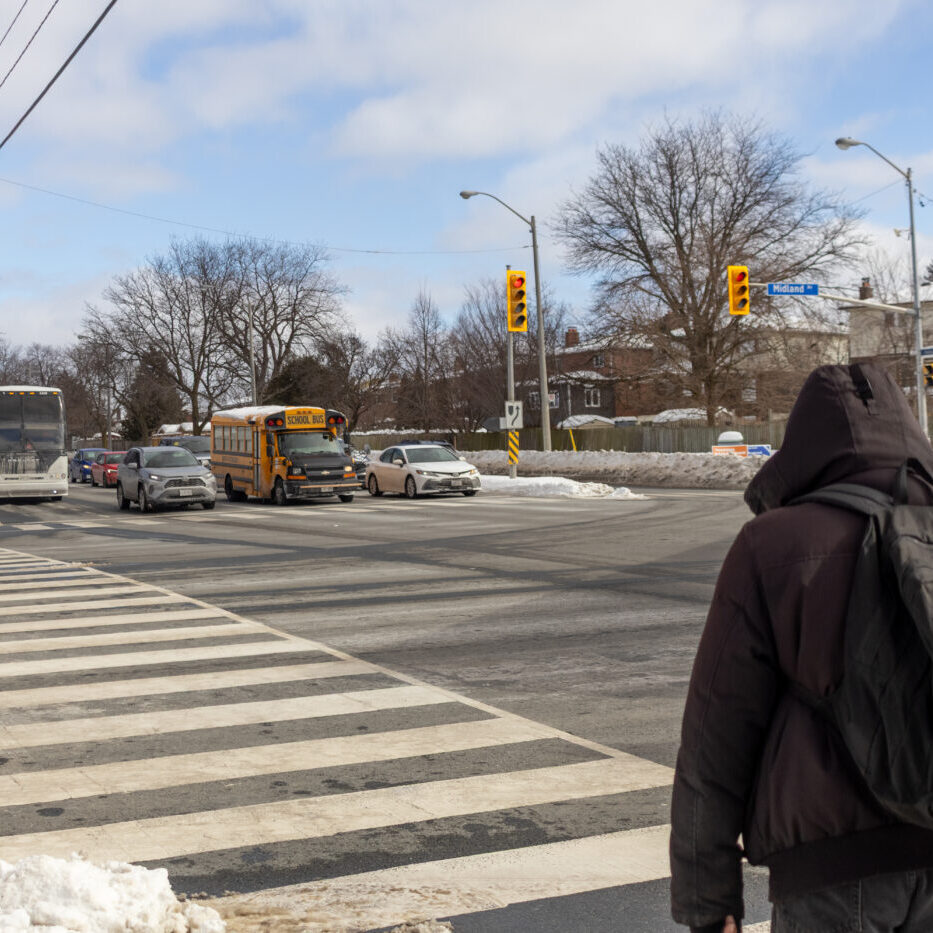THE GREEN LINE GUIDE TO...
2025 ontario election
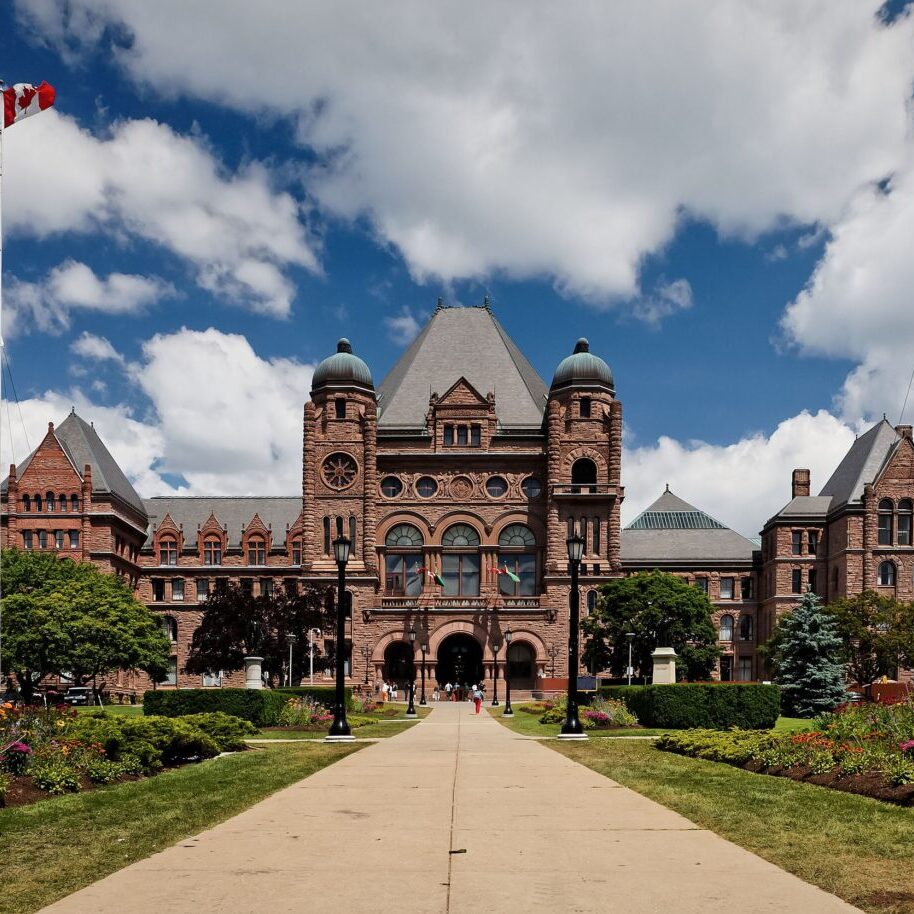
The Ontario Legistlative building in Queen's Park.

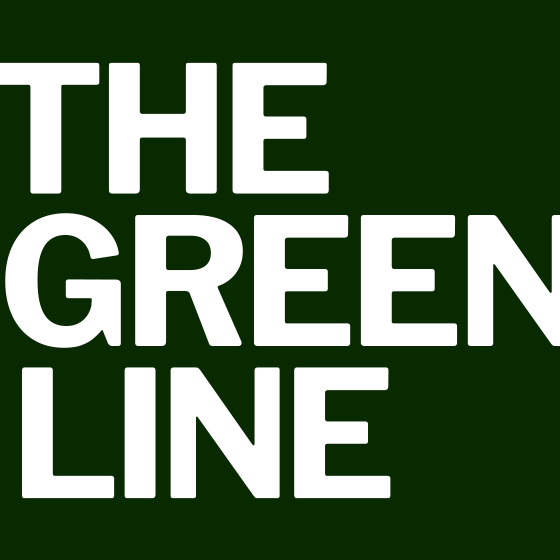
The Green Line
The Green Line is an award-winning, hyperlocal publication that delivers information you can actually use in your daily life.
Feb. 13, 2025
Provincial politics affect Torontonians every day.
This spring, the city could lose three major bike lanes and five supervised consumption sites following bills passed by the Ontario government. Decisions out of Queen's Park can also impact your access to housing and health care.
So, are you ready to vote in the Ontario election on Feb. 27?
Let us help you.
Step One: register to vote
Register to vote by Feb. 17 on registertovoteon.ca. You'll need to confirm or update your address, personal information and your ID. You should receive your voter registration card by Feb. 22.
After registering to vote, you have a few options.
- You can vote on election day from 9 a.m. to 9 p.m. by bringing your ID at your assigned voting location.
- You also have options to vote in advance from Feb. 20 to 22 between 10 a.m to 8 p.m. at an advance voting location in your electoral district.
- You can also apply to vote by mail. The deadline to do so is Feb. 21 at 6 p.m.
Step two: Research political parties
How to choose who to vote for? Well, that's up to you.
To help you make an informed decision, we collected information on where the Ontario Liberal Party, Progressive Conservative Party of Ontario, the Ontario New Democratic Party and the Green Party of Ontario stands when it comes to The Green Line's five pillars of livability: housing, jobs, food, commuting and health.
The Greens and NDP sent us their statements by email. The Liberals and PCs did not respond to multiple requests for comment in time, so we collected the following information from their election platform, news releases and publicly available statements.
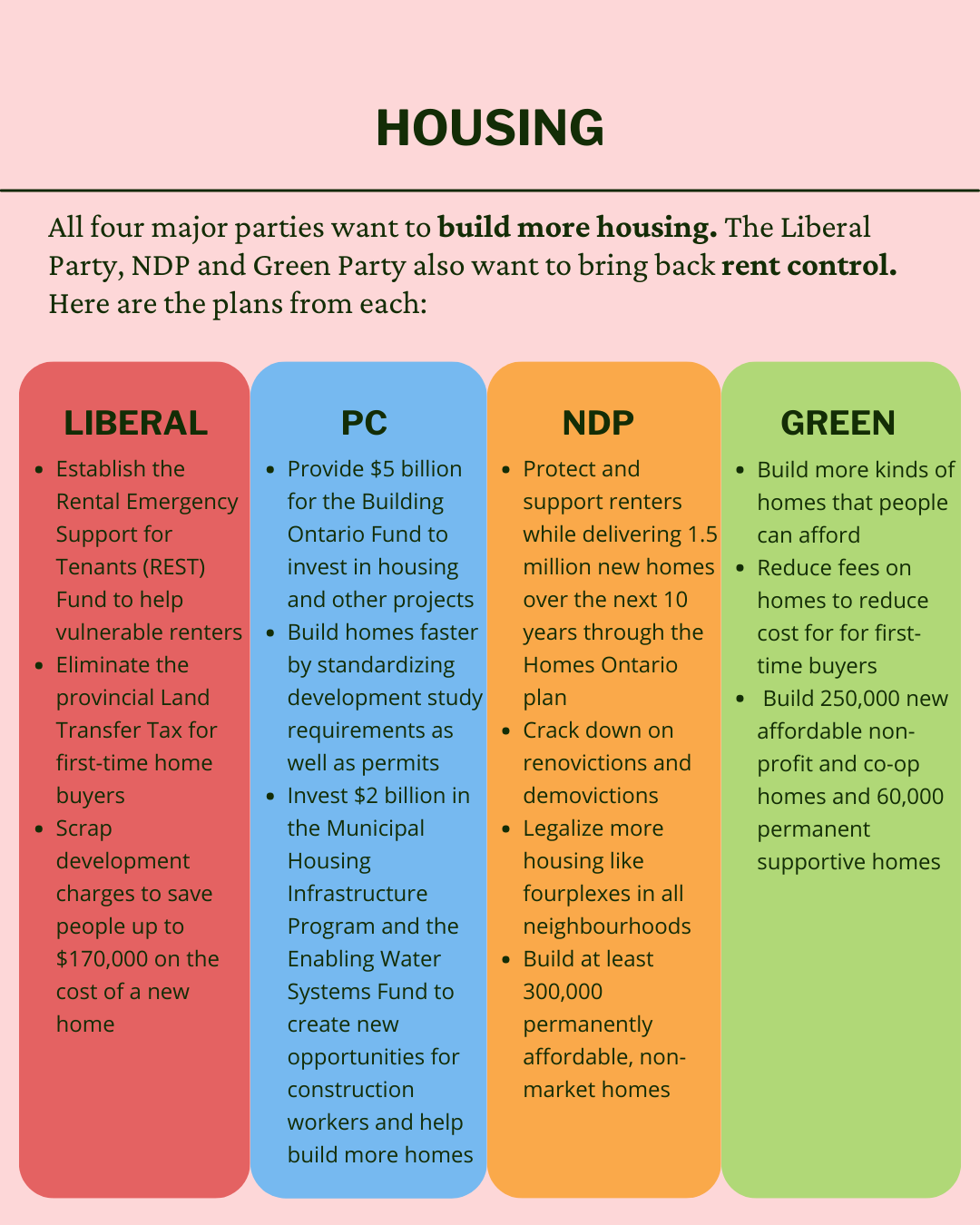
When it comes to housing, all four major parties want to invest more into housing. The Liberals, NDP and Greens also want to establish rent control.
Here are the Liberals' plans:
- Establish the Rental Emergency Support for Tenants (REST) Fund to help vulnerable renters
- Eliminate the provincial Land Transfer Tax for first-time home buyers
- Scrap development charges to save people up to $170,000 on the cost of a new home
- Get more co-op and rental apartments built by removing extra taxes like Community Benefits Charges
- Resolve new landlord-tenant disputes in under two months and clear the backlog at the Landlord and Tenant Board
Here are the PC's plans:
- Provide $5 billion for the Building Ontario Fund to invest in housing, long-term care, energy, transportation and municipal infrastructure projects
- Invest $2 billion in the Municipal Housing Infrastructure Program and the Enabling Water Systems Fund to create new opportunities for construction workers and help build more homes
- Build homes faster by standardizing development study requirements and Building Code permit approvals
- Develop a province-wide tool to accelerate land-use planning
- Invest $530 million to create 27 new Homelessness and Addiction Recovery Treatment (HART) Hubs
Here are the NDP's plans:
- Protect and support renters while delivering 1.5 million new homes over the next 10 years through the Homes Ontario plan
- Crack down on renovictions and demovictions
- Legalize more housing like fourplexes in all neighbourhoods
- Build at least 300,000 permanently affordable, non-market homes
Here are the Greens' plans:
- Build more kinds of homes that people can afford
- Reduce fees on homes to reduce cost for for first-time buyers
- Build 250,000 new affordable non-profit and co-op homes and 60,000 permanent supportive homes
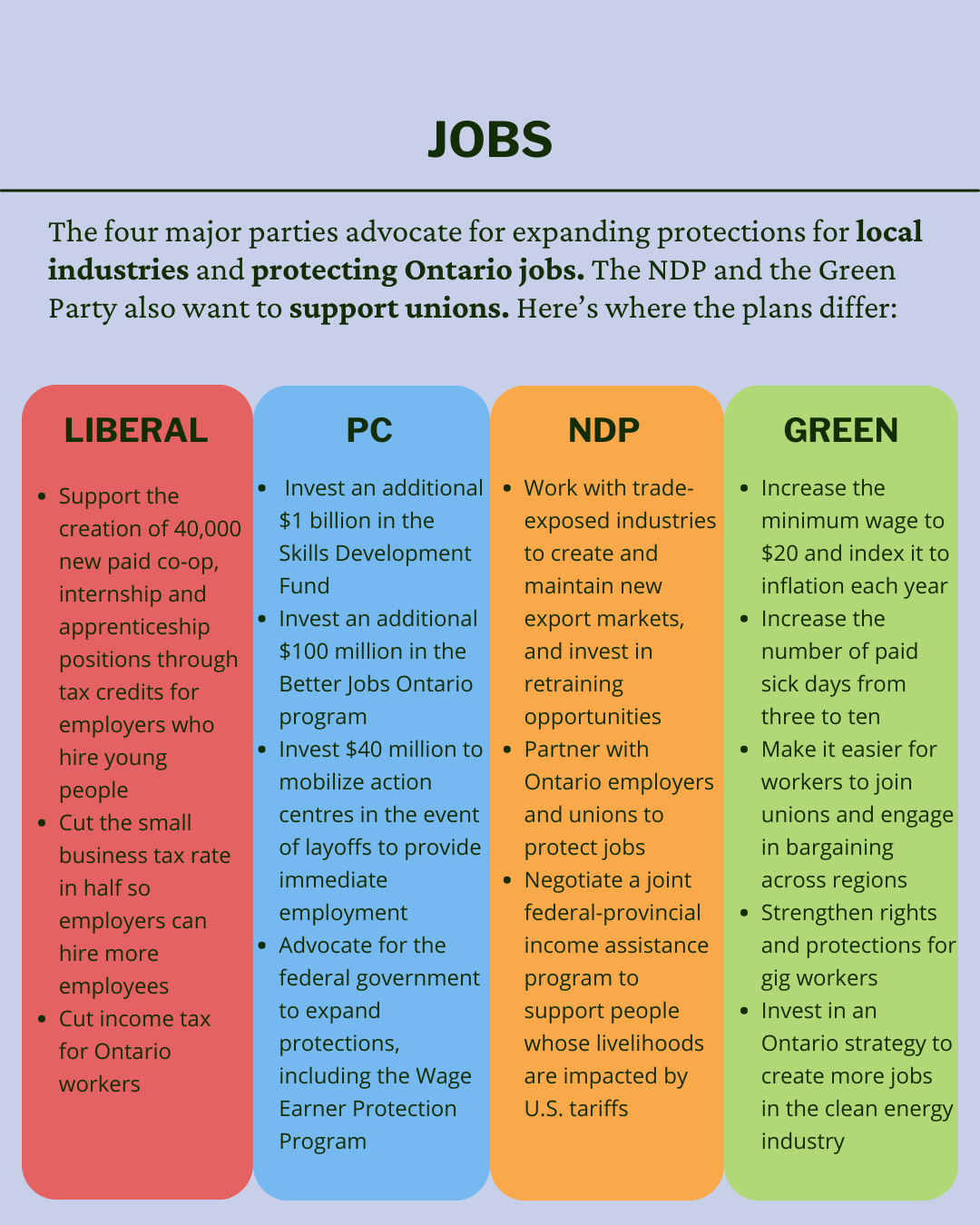
Jobs are a priority for all the parties especially in the context of potential tariffs. The four major parties advocate for expanding protections for Ontario industries and protecting jobs. The NDP and the Greens also want to support unions.
Here are the Liberals' plans:
- Support the creation of 40,000 new paid co-op, internship and apprenticeship positions through tax credits for employers who hire young people
- Cut the small business tax rate in half so employers can hire more employees
- Cut income tax for Ontario workers
- Help Ontario businesses with a new Fight Tariffs Fund that gives them access to lower-than-market interest rates
Here are the PC's plans:
- Invest an additional $1 billion in the Skills Development Fund
- Invest an additional $100 million in the Better Jobs Ontario program
- Invest $40 million to mobilize action centres in the event of layoffs to provide immediate employment
- Advocate for the federal government to expand protections, including the Wage Earner Protection Program
- Invest $5 billion to support the resiliency of major industries and workers through a new Protect Ontario Account
- Invest $10 billion in immediate cash flow support to Ontario job creators
- Invest up to $3 billion in tax and payroll premium relief for employers and small businesses
- Invest $165 million for a “Learn and Earn” initiative to help workers earn a paycheque in the skilled trades while receiving on-the-job training
- Implement termination and severance rights for workers that are affected by tariff-related layoffs and closures
- Collaborate with the federal government on employment support to ensure existing provincial training programs work in tandem with the federal Work-Sharing Program
Here are the NDP's plans:
- Work with trade-exposed industries to create and maintain new export markets, and invest in retraining opportunities in post-secondary and the skilled trades
- Partner with Ontario employers and unions to protect jobs
- Promote interprovincial cooperation and break down trade barriers
- Launch a Buy Ontario campaign to promote Ontario goods
- Negotiate a joint federal-provincial income assistance program to support people whose livelihoods are impacted by U.S. tariffs
Here are the Greens' plans:
- Increase the minimum wage to $20 and index it to inflation each year
- Increase the number of paid sick days from three to ten
- Make it easier for workers to join unions and engage in bargaining across regions
- Strengthen rights and protections for gig workers
- Invest in an Ontario strategy to create more jobs in the clean energy industry
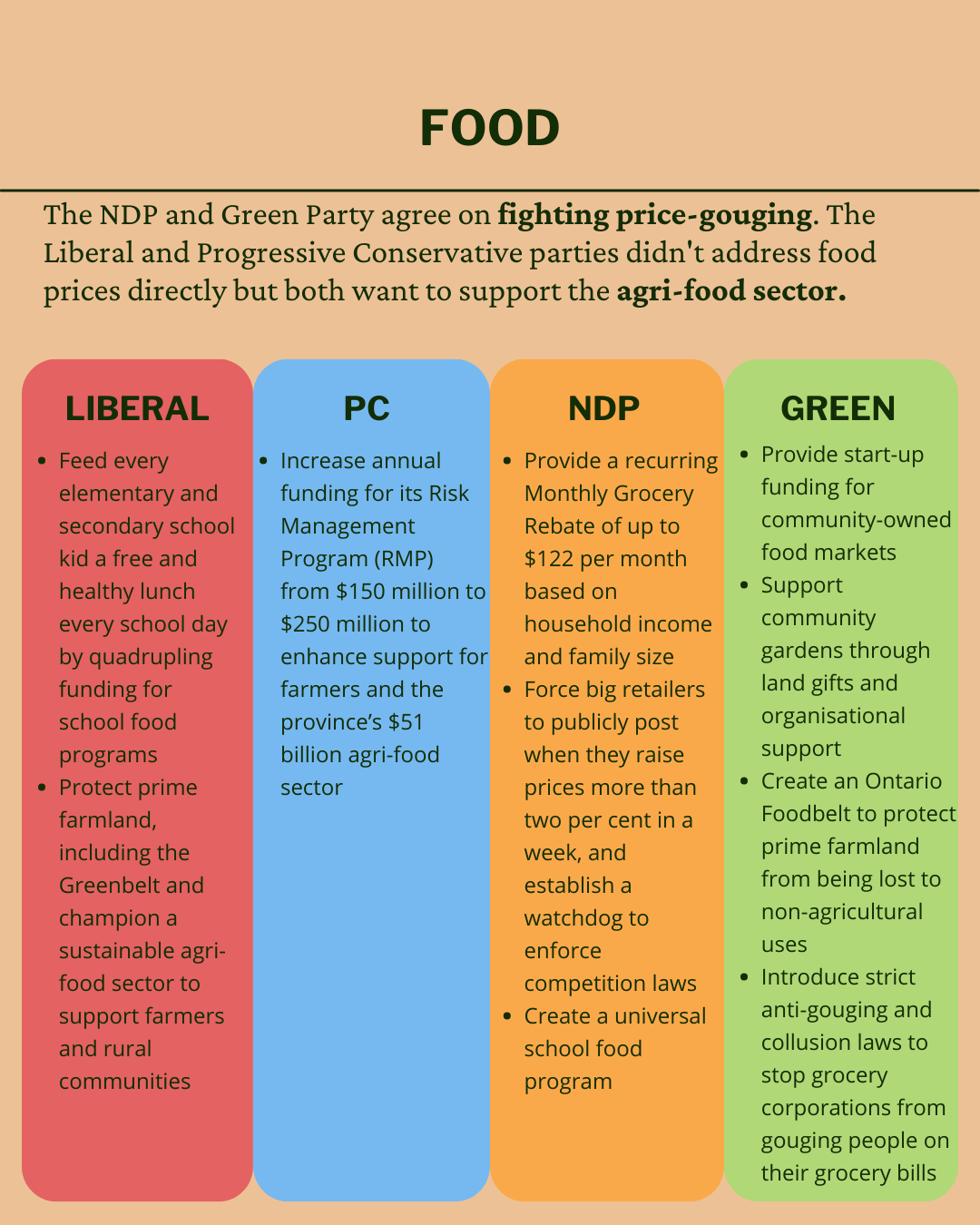
When it comes to food, the NDP and Green Party agree on fighting price-gouging. The Liberal and Progressive Conservative parties didn't address food prices directly but both want to support the agri-food sector.
Here are the Liberals' plans:
- Protect prime farmland, including the Greenbelt and champion a sustainable agri-food sector to support farmers and rural communities
- Feed every elementary and secondary school kid a free and healthy lunch every school day by quadrupling funding for school food programs
Here are the PC's plans:
- Increase annual funding for its Risk Management Program (RMP) from $150 million to $250 million to enhance support for farmers and the province’s $51 billion agri-food sector
Here are the NDP's plans:
- Provide a recurring Monthly Grocery Rebate of up to $122 per month based on household income and family size
- Force big retailers to publicly post when they raise prices more than two per cent in a week, and establish a watchdog to enforce competition laws and keep food prices fair
- Create a universal school food program
Here are the Greens' plans:
- Provide startup funding for community-owned food markets
- Support community gardens through land gifts and organisational support
- Create an Ontario Foodbelt to protect prime farmland from being lost to non-agricultural uses
- Introduce strict anti-gouging and collusion laws to stop grocery corporations from gouging people on their grocery bills
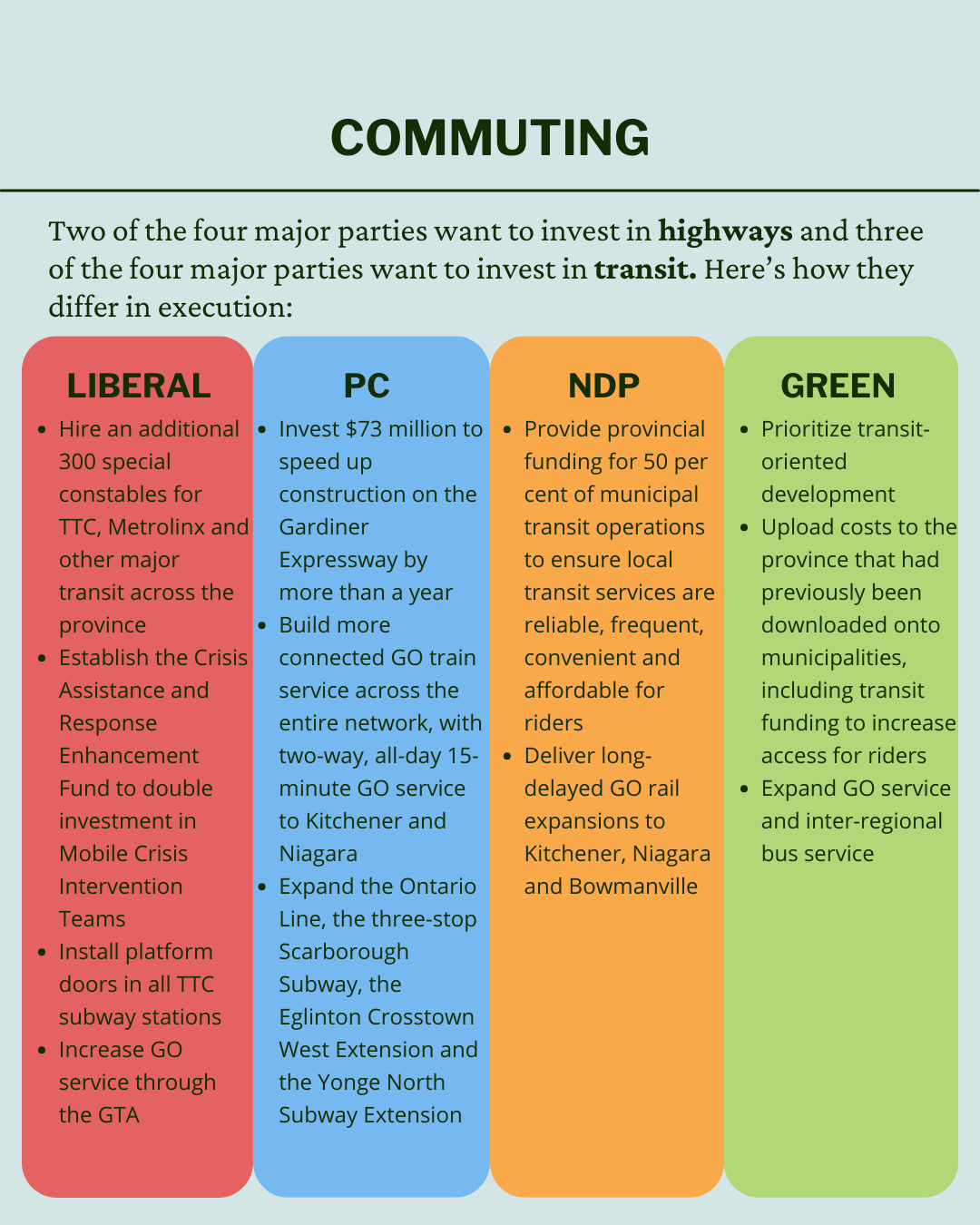
When it comes to commuting, two of the four major parties want to invest in highways and three of the four major parties want to invest in transit.
Here are the Liberals' plans:
- Hire an additional 300 special constables for TTC, Metrolinx and other major transit across the province
- Establish the Crisis Assistance and Response Enhancement Fund to double investment in Mobile Crisis Intervention Teams
- Install platform doors in all TTC subway stations
- Invest in municipal and regional road repair and maintenance, widen provincial highways, upgrade winter maintenance of key provincial highways, fix and
repair bridges and add turning lanes where needed - Increase GO service through the GTA
Here are the PC's plans:
- Invest $73 million to speed up construction on the Gardiner Expressway by more than a year
- Build more connected GO train services across the entire network, with two-way, all-day 15-minute GO service to Kitchener and Niagara
- Expand the Ontario Line, the three-stop Scarborough Subway, the Eglinton Crosstown West Extension and the Yonge North Subway Extension
- Bring back the Northlander with 16 stops between Cochrane and Toronto, with service set to start in 2026
- Finish building Highway 413 and transportation corridor across Halton, Peel and York regions
- Widen Highway 401 across Eastern Ontario
- Build the new four-lane Highway 7 from Kitchener to Guelph
Here are the NDP's plans:
- Provide provincial funding for 50 per cent of municipal transit operations to ensure local transit services are reliable, frequent, convenient and affordable for riders
- Deliver long-delayed GO rail expansions to Kitchener, Niagara and Bowmanville
Here are the Greens' plans:
- Prioritize transit-oriented development
- Upload costs to the province that had previously been downloaded onto municipalities, including transit funding to increase access for riders
- Expand GO service and inter-regional bus service
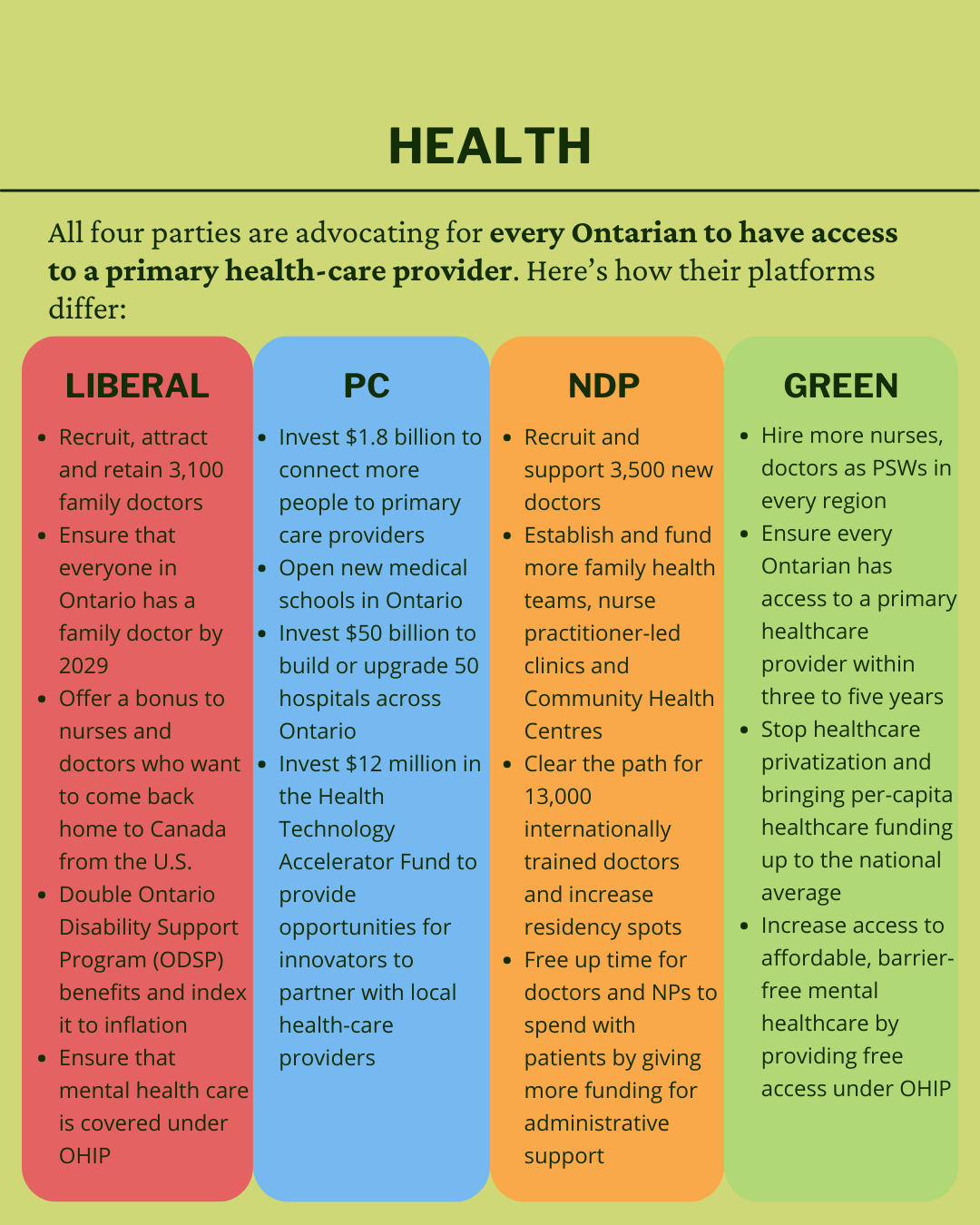
For health, all the four major parties emphasize the importance of ensuring every Ontarian has access to a primary healthcare provider. The Liberals and Greens, as well as the NDP want to hire more healthcare workers. The PCs wants to enhance digital tools for providers and patients.
Here are the Liberals' plans:
- Educate, attract and retain 3,100 family doctors and accelerate the process to integrate at least 1,200 qualified and experienced internationally trained doctors over the next four years through Practice Ready Ontario
- Ensure that everyone in Ontario has a family doctor within four years
- Offer a bonus to nurses and doctors who want to come back home to Canada from the U.S.
- Double Ontario Disability Support Program (ODSP) benefits and index it to inflation
- Ensure that mental health care is covered under OHIP
- Crack down on health care privatization
Here are the PC's plans:
- Invest $1.8 billion to connect more people to primary care providers
- Invest $12 million in the Health Technology Accelerator Fund to provide opportunities for innovators to partner with local health-care service providers
- Open new medical schools in Ontario and expand medical school seats across the province
- Invest an additional $88 million to expand the Learn and Stay Grant to cover more medical students
- Continue investing $743 million to address immediate health-care staffing needs
- Invest $50 billion to build or upgrade 50 hospitals across Ontario
- Roll out a $6.4 billion plan to build 58,000 new and upgraded long-term care beds across the province by 2028
Here are the NDP's plans:
- Recruit and support 3,500 new doctors
- Invest $4.05 billion over four years in new residency spots and refreshed budgets to resolve the crisis in primary care
- Establish and fund more family health teams, nurse practitioner-led clinics and Community Health Centres
- Clear the path for 13,000 internationally trained doctors and increase residency spots
- Free up time for doctors and NPs to spend with patients by giving more funding for administrative support
- Expand healthcare in Northern Ontario by hiring 350 doctors, including 200 family physicians and 150 specialists
Here are the Greens' plans:
- Hire more nurses, doctors as PSWs in every region
- Ensure every Ontarian has access to a primary healthcare provider within three to five years
- Stop healthcare privatization and bringing per-capita healthcare funding up to the national average
- Increase access to affordable, barrier-free mental healthcare by providing free access under OHIP
CLIMATE CHANGE
We've received requests to compare party platforms on climate change. So, we've added this section to try and address this concern.
The Green Party published the most extensive list of climate change policies. The Liberal and New Democratic party both listed protecting the Greenbelt and Ontario farmlands as part of their promises. Here are the details:
Here are the Liberals' plans:
- Axe the carbon tax
- Develop a "Made in Ontario" environmental action plan in conjunction with the federal government and other provinces to protect Ontario’s land, water, air, biodiversity and communities
- Protect prime farmland, including the Greenbelt and champion a sustainable agri-food sector to support farmers and rural communities
Here are PC's plans:
- Open a new, all-season provincial park to focus on building stronger and healthier communities by expanding recreational opportunities for families to enjoy
Here are the NDP's plans:
- Establish a Youth Climate Corps to help young Ontarians learn skills and earn a fair wage while helping local communities reduce their emission and restore their natural environments
- Protect the Greenbelt and Ontario’s prime farmland
Here are some of the Greens' plans:
- Make it easier for people, farmers and businesses to connect renewable energy to the grid and to make virtual net metering possible
- Ensure grid capacity and low-cost grid connections for renewable energy generation
- Invest in smart grid implementation and innovations such as bi-directional EV charging, peak demand programs and storage
- Phase out expensive fossil gas plants by 2035
- Direct IESO to have an open, competitive bid process for the lowest cost emission-free sources of electricity generation
- Lower costs and reduce waste with a Circular Economy Act to support reuse, repair and recycling jobs and businesses
- Provide two billion dollars per year for capital spending for municipalities to build resilient infrastructure through a dedicated Climate Adaptation Fund
FREQUENTLY ASKED QUESTIONS
With elections coming up soon, we know a lot of you still have questions about registering, voting and finding out where parties stand. So, we'll try to answer the most common concerns that we received so far.
We'll keep updating this section so if you have any more questions, make sure to message us on our socials or email us at hello@thegreenline.to.
Fact-Check Yourself
Sources and
further reading
Don't take our word for it —
check our sources for yourself.
